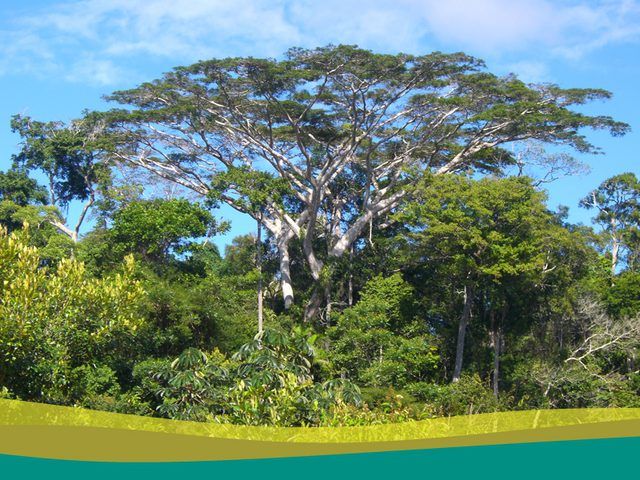Bulbs
Flower Basics
Flower Beds & Specialty Gardens
Flower Garden
Garden Furniture
Garden Gnomes
Garden Seeds
Garden Sheds
Garden Statues
Garden Tools & Supplies
Gardening Basics
Green & Organic
Groundcovers & Vines
Growing Annuals
Growing Basil
Growing Beans
Growing Berries
Growing Blueberries
Growing Cactus
Growing Corn
Growing Cotton
Growing Edibles
Growing Flowers
Growing Garlic
Growing Grapes
Growing Grass
Growing Herbs
Growing Jasmine
Growing Mint
Growing Mushrooms
Orchids
Growing Peanuts
Growing Perennials
Growing Plants
Growing Rosemary
Growing Roses
Growing Strawberries
Growing Sunflowers
Growing Thyme
Growing Tomatoes
Growing Tulips
Growing Vegetables
Herb Basics
Herb Garden
Indoor Growing
Landscaping Basics
Landscaping Patios
Landscaping Plants
Landscaping Shrubs
Landscaping Trees
Landscaping Walks & Pathways
Lawn Basics
Lawn Maintenance
Lawn Mowers
Lawn Ornaments
Lawn Planting
Lawn Tools
Outdoor Growing
Overall Landscape Planning
Pests, Weeds & Problems
Plant Basics
Rock Garden
Rose Garden
Shrubs
Soil
Specialty Gardens
Trees
Vegetable Garden
Yard Maintenance
How Long Does it Take a Plant to Grow?
How Long Does it Take a Plant to Grow?. Growing your own fruits, vegetables and herbs is economic and beneficial to your health. Watching flowers and shade trees grow can prove equally rewarding. Your climate zone and the type of plant will affect the growing time and outcome.
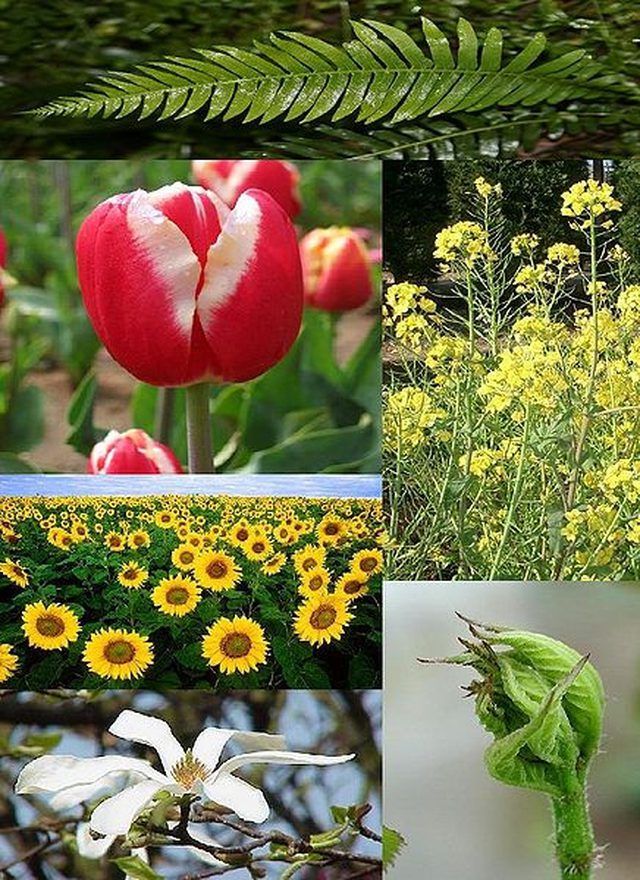
Growing your own fruits, vegetables and herbs is economic and beneficial to your health. Watching flowers and shade trees grow can prove equally rewarding. Your climate zone and the type of plant will affect the growing time and outcome.

Plants are grouped into three categories: annuals, biennials and perennials, based on the growth patterns and characteristics of that plant. Depending on the location and conditions, specifics may vary. Annuals, which include most vegetables, have roughly a one-year lifespan and need to be replanted each year. Biennials are rare, taking two years to grow and usually dying at the end of the two years. Perennials, including most bushes and trees, take about two years to mature and continue to grow for as long as conditions permit. Research your specific plant to make sure it gets the proper amount of sunlight, water and nutrients.
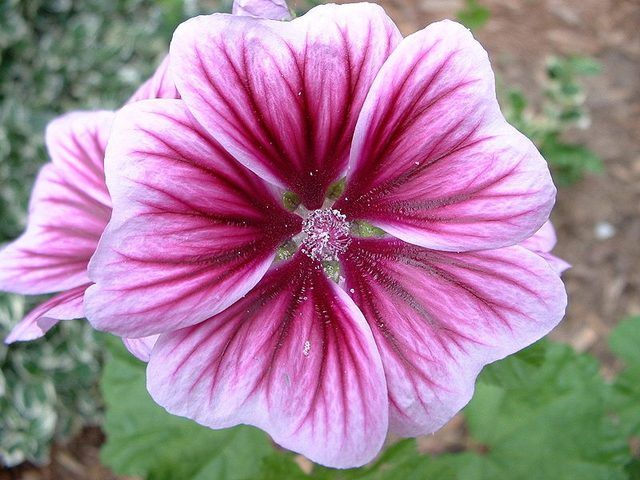
In the northern hemisphere, April and May are the ideal outdoor planting times. Some seeds, such as okra and tomatoes, may need to soak overnight in warm water. Most other vegetables need to be planted in starter pots a month or two before outdoor planting. Underground plants such as potatoes and radishes can be ready to eat in as little as a month. Vegetables such as carrots, corn, cucumbers and beans take about two months to bear fruit. Cauliflower, pumpkins, peppers and eggplants take up to five months to mature. Check the requirements of your vegetable choices for specifics on depth, spacing and soil type.
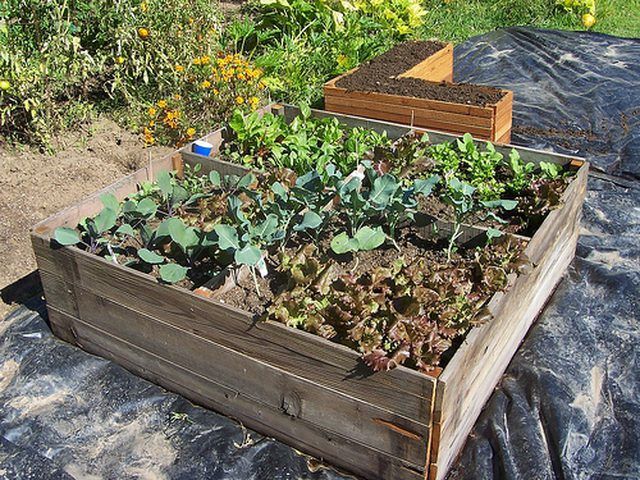
Fruits can be grown directly from the seed of almost any store-bought fruit. Soak the seed of your choice in a solution of water, tea and kosher salt for 24 hours. Plant the seed 2 inches deep in rich potting soil. If you keep the soil warm, watered and slightly acidic, growth speed will increase. Adding coffee grounds to the soil helps improve pH for fruits. When the plant reaches 6 inches, usually after a few months, pick off the new growth in the center of the plant to help it grow and flower more quickly. Using this method, you will see your first fruits within two years.
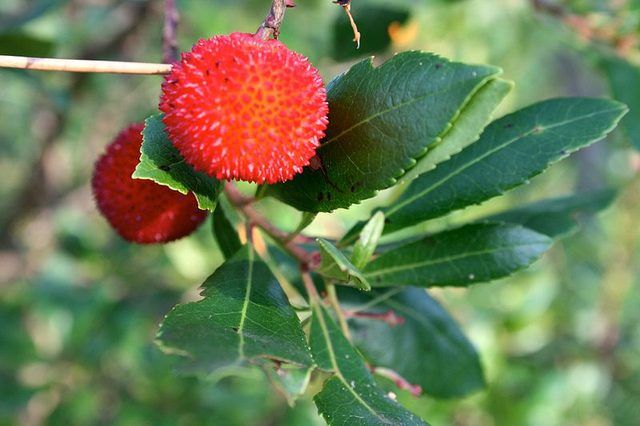
It is best to plant outdoor flowers and trees in the early spring, right after the last frost, if it frosts in your region. Over the summer, appropriate water, nutrients and sunlight will help you see growth by fall. Small bushes and flowering plants will remain small but are likely to flower within the first summer. Larger trees will take several seasons, and often several years, to grow to full size. A tree that is considered "fast growing" will be 25 feet tall after 10 years. The average rate of growth for trees varies largely depending upon the conditions, care and type of tree.
